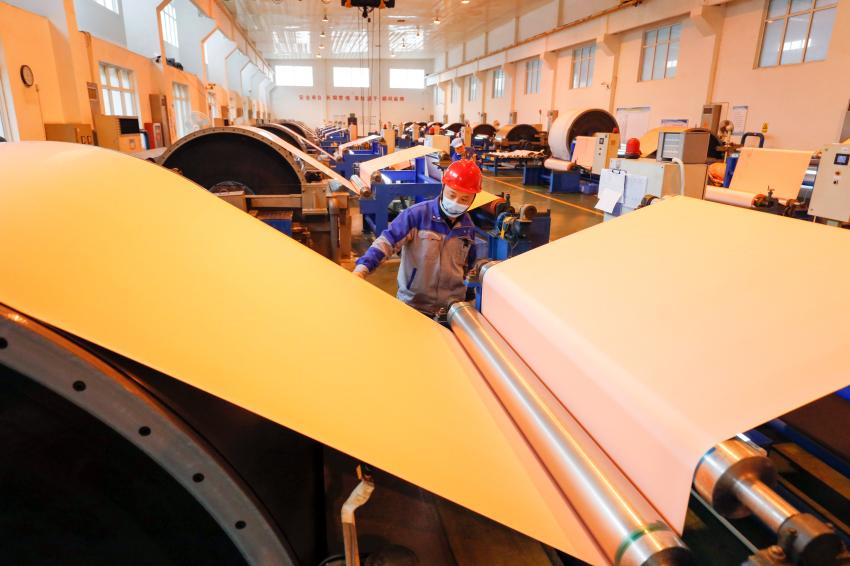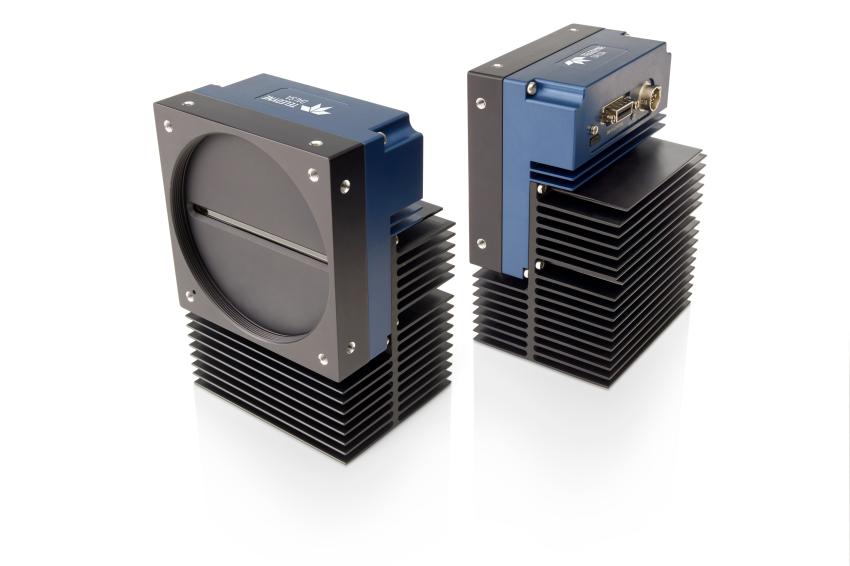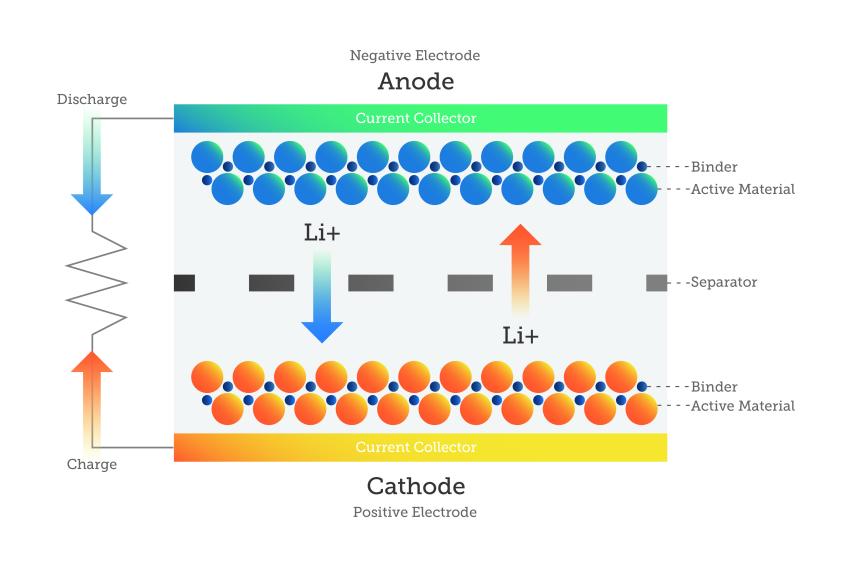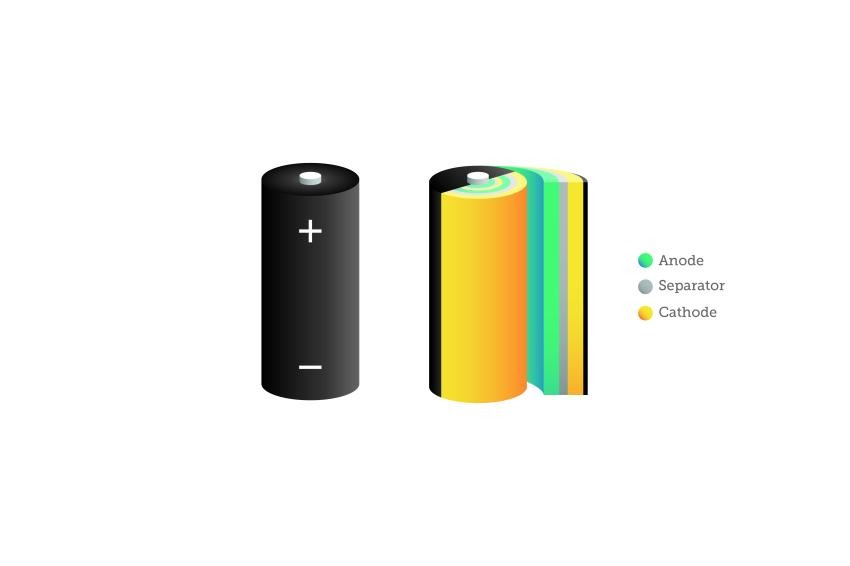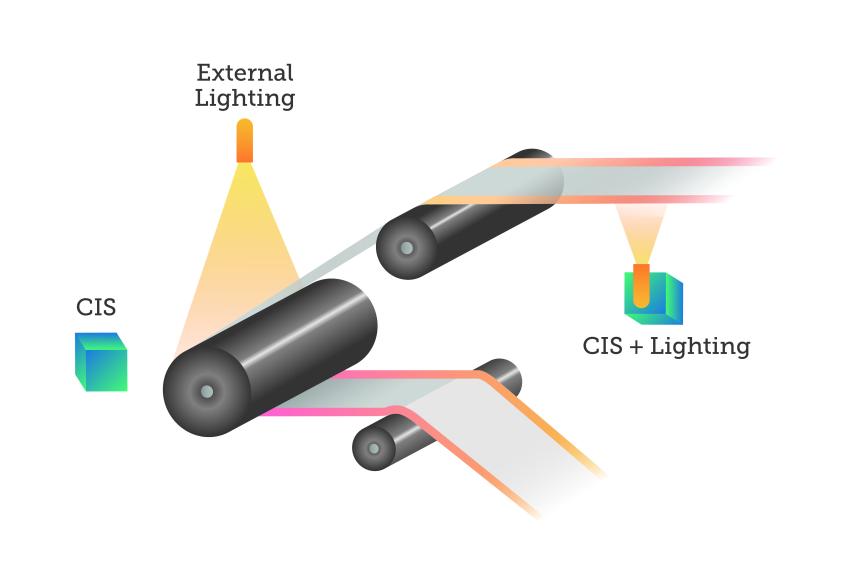Enabling the Future of Lithium-Ion Batteries
Lithium-ion Batteries in Electric Vehicles and Solar Power Systems will be Behind the Growth of the Green Revolution.
The quintessential electric vehicle, the Tesla Model S, uses more than 7,600 lithium-ion battery cells. In the near future, we may look at that kind of battery usage not as quintessential, but quaint. The transition to green energy in the coming decades will require a commensurate increase in battery production and innovation. lithium-ion batteries will be the workhorse of a green energy revolution in the near to medium future, storing power for nearly everything, from electric vehicles and eventually airplanes, to homes and commercial buildings.
Lithium-ion batteries come in three shapes: cylindrical, pouch and prismatic (also called a battery can). Your smartphone probably has a pouch battery while most household appliances will have cylindrical batteries.
Battery production is ramping up across the world. Tesla finished building its infamous first so-called gigafactory for battery cell production in aptly-named Sparks, Nevada in 2015. Another Tesla gigafactory, working mostly on solar power storage opened in 2017 in Buffalo, New York. The company has plans to open two more factories in coming years, in Berlin, and Austin, Texas. European battery company Northvolt has already started production at their gigafactory in Sweden in 2021.
The transition to green energy provides a long runway for a new sector of the global economy. Manufacturing will benefit as the demand for solar cells and batteries ramps up, and with any new technological development, an industry ecosystem will develop to support its growth and production. The lithium-ion battery is at the forefront of an ecological and economic revolution.
How lithium-ion batteries are built
For all their importance, lithium-ion batteries are conceptually simple devices. Alternating cathode (positive charge) and anode (negative charge) electrode sheets are stacked on top of each other, with a separator sheet between each layer. A liquid or solid electrolyte is mixed in to facilitate energy transfer between the cathode and anode sheets.
Cathodes sheets are typically made from aluminum foil, while anode sheets are made from copper foil. From there, each sheet is coated with specific materials to promote conductivity, efficiency, and binding. Active materials determine the capacity, voltage and characteristics of a specific lithium-ion battery. For cathodes, active materials often include lithium cobalt oxide, lithium manganate oxide or lithium iron phosphate. Anodes are typically coated with some kind of carbon material, such as black lead or lithium titanite. Binders are used to adhere the mixed materials to the foil sheet, and solvents promote the mixing of materials in the slurry until they are ready to coat the appropriate sheets. In addition, a cathode will include a conductive element to reduce internal resistance and increase conductivity within the cell.
The separator sheets that go between the electrodes are manufactured from porous polyolefin film material that are applied with an aramid coating fluid and then cut to size. Once the layered electrode sheets are ready, they are placed in the battery casing in one of the three major formats, cylindrical, pouch or prismatic. Depending on the form and specifics of the battery, the casing will include external positive and negative terminals to connect to the device being powered, an insulation layer between the case and the electrode stacks, a gasket, a degassing hole and other elements.
Quality Assurance for Lithium-ion Battery Production
While lithium-ion battery production may be conceptually simple with coated electrode stacked sheets and an electrolyte solvent, the actual process is fairly complicated and sensitive. The thickness of the coatings on the electrodes can have a significant effect on a battery’s performance or even its stability.
Line scan cameras powered with machine learning algorithms can help automate and streamline the quality assurance stage of lithium-ion battery manufacturing. A line scan camera is a camera that can be mounted on a factory production line to monitor the production of materials as they are moved through the manufacturing process. Line scan cameras are well-suited to inspection of electrode sheets, since the sheets are run at high speeds from big spools through the coating and stacking process.
Laser profiling from inspection cameras can cover the whole manufacturing process of lithium-ion batteries. The cameras can measure the thickness of the electrode sheets and coating, look for surface defects on the sheets such as dents, scratches or bent edges, measure the dimensions of the battery casing for cylindrical or pouch batteries, and monitor the quality of the weld of the external terminal on the batteries.
Machine Vision Solutions for Effective Inspection Processes
Teledyne Dalsa is a part of Teledyne’s Vision Solutions group and a leader in the design, manufacture, and deployment of digital imaging components for machine vision. The company’s image sensors, line scan and area scan cameras, smart cameras, frame grabbers, software, and vision solutions are at the heart of thousands of inspection systems around the world and across multiple industries, including inspection processes in the production of lithium-ion batteries. “We are providing our products to high-volume secondary battery manufacturers in the North American and European markets, but there is a concentration of customers in the Asian market – primarily in China and South Korea”, says Inder Kohli, Senior Product Manager at Teledyne Dalsa. “In Europe a lot of new companies have emerged and are still working to become significant players in that field. We are only at the beginning of what we hope will become a significant business area for Pan European automotive car companies.”
The main challenges in many of the electrode inspection tasks is the speed of the process and the need to identify ever smaller defects. The camera must be able to keep up with the production speed of the machines and therefore have a high line rate while providing enough sensitivity to allow the use of short exposure times and have enough pixels to cover as wide a field of view (FOV) as possible. “This is why our Linea 8K and 16K line scan cameras with Camera Link interface are a popular choice in that industry. For slower lines and processes our Linea GigE cameras dominate, but also Linea 4K and Genie Nano 2MP area scan cameras are used for various inspection tasks during the production of lithium-ion batteries”, Kohli says.
In addition to the various inspection tasks associated with the electrode manufacturing process, such as post-coating, post-calendaring and post-slitting and -separation inspection, other machine vision solutions can contribute to economic processes, e. g. laminating, winding, housing insertion and welding, sealing, grading and finally packaging processes. With a broad portfolio of machine vision components including the necessary frame grabbers, interfaces and software solutions, Teledyne Dalsa is well equipped to enable powerful inspection solutions for lithium-ion battery production.
“Combining our high-sensitivity line scan sensor technology in a compact and industry-proven housing with our frame grabbers, in the case of Camera Link, and our Sapera Software Suite, gives our customers a high-accuracy, robust and dependable imaging system built for 24/7 use in this harsh environment”, says Kohli. “Combining this hardware and software at a very economical price point, means our customers achieve a very quick return on investment when choosing Teledyne Dalsa for their battery inspection.”
The Growth Potential for Lithium-ion Batteries
The demarcation line for the growth rate of lithium-ion batteries is often projected in terms of how many electric vehicles are being sold compared to internal combustion engine vehicles. Electric vehicles are expected to hit 10 percent of vehicle sales by 2025 and then accelerate to 28 percent by 2030 and 58 percent by 2040. For instance, California – the most populous state in the U.S. and one of the biggest economies in the world on its own – aims for all new cars and passenger trucks sold in the state to be zero-emission vehicles by 2035.
Author
Martin Grzymek
Director of Sales, Europe

